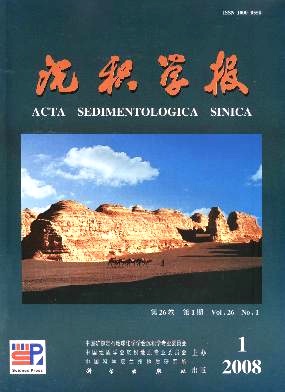Development and Its Tectonic Activity's Origin of Turbidity Current Sediment Wave in Manila Trench, the South China Sea
- Received Date: 1900-01-01
- Rev Recd Date: 1900-01-01
- Publish Date: 2008-02-10
-
Key words:
- South China Sea /
- sediment wave /
- Taiwan Orogenesis /
- arccontinent collision /
- turbidity current
Abstract: A spectacular sediment wave field which situated at water depth of 2 600~4 100m cover area of approximately 35 000 km2 in Manila Trench, the northeast South China Sea. The sediment field can be judged the turbidity current’s origin based on its related characters, regional distribution and material composition, which initiated at 1.2 Ma and build the sediment body exhibiting the wave seismic reflection and thus is different from the underlying parallel seismic reflection distinctly. A surface of initiation can be distinguished between the two different sediment bodies. The development of the sediment wave is totally controlled by the characteristic development of Taiwan Orogenesis. Luzon Arc be part of the Philippine Sea Plate which move towards NWW direction collide with Eurasian Continent Margin at approximately 6.5 Ma obliquely and the focus of collision propagated southward consistently because of the inherent oblique collision. In 1.2 Ma the focus of collision arrived at the present south part of Taiwan Island and so significantly enhanced the physical denudation rate of related region, thus the rapidly increased the supply of material to deepwater environment, and result in quite enhancement of the strength and the frequency of turbidity current, and resultantly significantly modified the sediment dynamics status of deepwater environment. Just under such setting the development of sediment wave can be initiated and developed. The Taiwan Orogenesis and development of sediment wave constitute a perfect pair of tectonic activity and response of sedimentation.
| Citation: | WANG Hairong. Development and Its Tectonic Activity's Origin of Turbidity Current Sediment Wave in Manila Trench, the South China Sea[J]. Acta Sedimentologica Sinica, 2008, 26(1): 39-45. |






 DownLoad:
DownLoad: